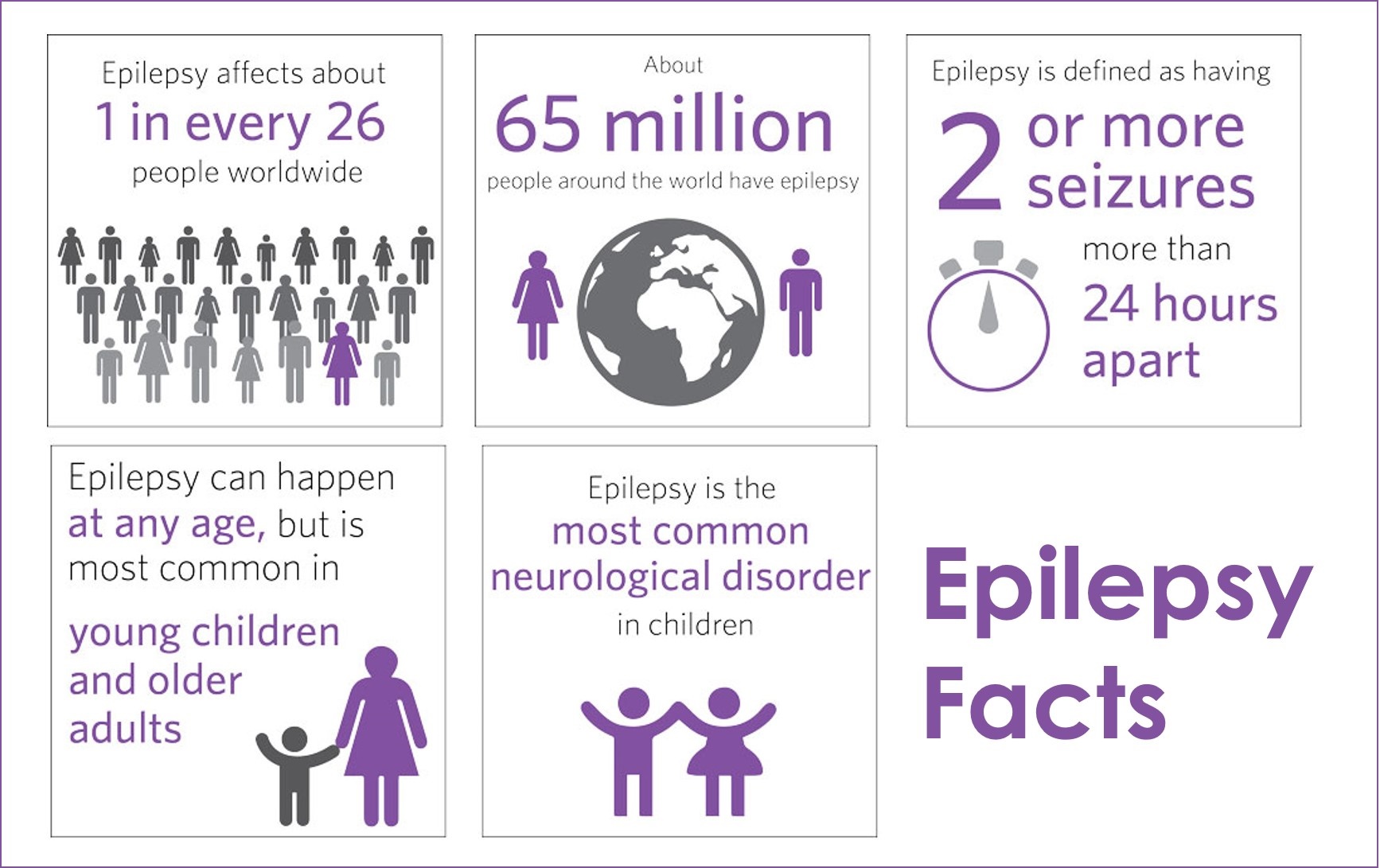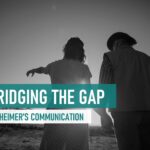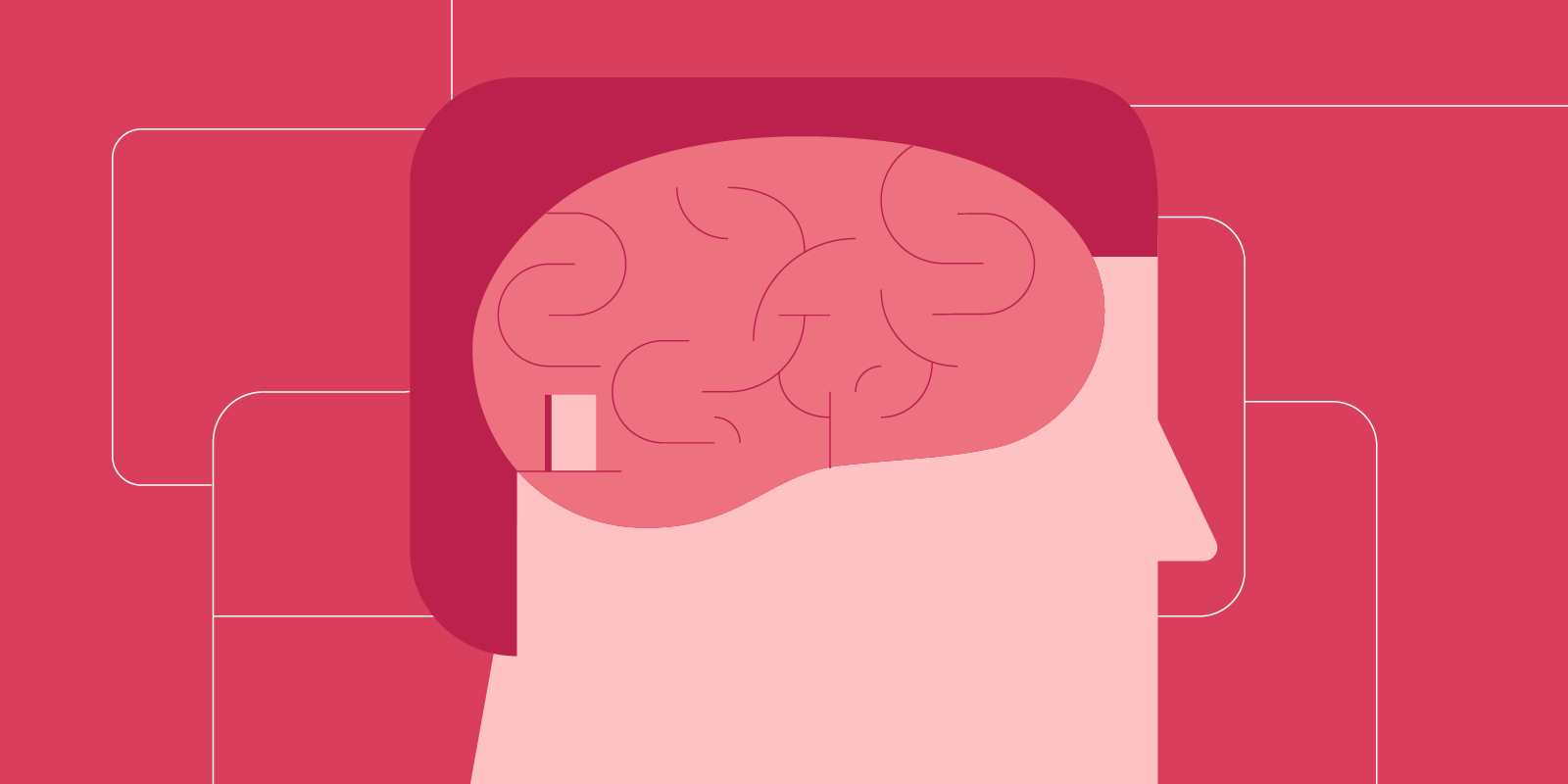November is recognized as Epilepsy Awareness Month. It is part of an effort to ensure the public knows that anyone can live with epilepsy and circulating awareness around epilepsy condition, epilepsy treatment and care.
Despite its widespread prevalence, epilepsy continues to be misunderstood by the general public and underfunded in research initiatives. This general lack of knowledge leads to misconceptions and fear, mainly stemming from not knowing how to help during a seizure.
Know how common is Epilepsy
Though Epilepsy is the fourth most common neurological disease, there are a few things you don’t know about. Epilepsy is also one of the most stigmatized. An estimated 25% of epilepsy cases are preventable.

Derived from ancient Greek, the term “epilepsy” means etymologically “take by surprise”.1
It’s not an illness or a disease, but a neurological condition which the person must learn to live with.
The causes of half the population with epilepsy is complex as it is hard to identify. Some of the common causes include infections in brain, strokes, tumors, lack of oxygen during birth and genetic factors. A spontaneous surge of electrical activity in the nerve cells of the cerebral cortex causes epileptic seizures. There are many types of seizures.
Generalized seizures – A type of seizure that involves a loss of consciousness and violent muscle contractions. Generalized seizures affect the whole brain.
Focal seizures – A focal onset seizure, also known as a partial seizure, is when a seizure occurs in just one area. They usually last for a minute or less.
Unknown onset seizures – When the beginning of a seizure is not known, it’s now called an unknown onset seizure. Once more information is gathered it can be classified as generalized or focal.
SEE ALSO: 5 Things You Don’t Know About Epilepsy
Helping someone with epilepsy or having seizures
The more you know about the disease, less you get the feelings of fear around it. Knowing how to react in case of a seizure, could be very helpful to other person – you may even save their life.
Here’s what you should you do:
Prevent the person from getting hurt
This means remove any potentially harmful or sharp objects from around the person having seizures. If the person is on floor, place a pillow under their head. Turn the person on their side so that it allows any fluids coming out of their mouth.
Time the seizure
It is important to note down the time it started and when it ended as the same will be helpful in later diagnosis and treatment of epilepsy.
Don’t stick anything in their mouth
It’s a misconception that tongue can be swallowed. If they are biting their tongue, it’s okay. In fact sticking something in their mouth could be more harmful and can cause them to choke.
Call for help/ambulance
You should call an ambulance if the seizure continues for more than 5 minutes though for some, longer seizures are normal, and an ambulance is not required. If they haven’t shared this information with you, it’s best to call an ambulance. Also call for help if the person has injured themselves during the seizure.
Living with epilepsy
People with epilepsy are as capable and intelligent as anyone without the condition. Geniuses like Julius Caesar, Einstein, and Alexander the Great had epilepsy. It’s just they have to take extra precautions and face few challenges.
Talking openly about epilepsy is the best way to spread awareness about the condition and helps to end the stigma around it. Every small action makes an impact, so we urge you to increase awareness on epilepsy in your own way.
If you are concerned about someone, who is having seizures, it’s best to take them to neurologist as soon as possible. Getting the proper treatment for seizures is important and seeking medical advice is the first step.
Sources:







